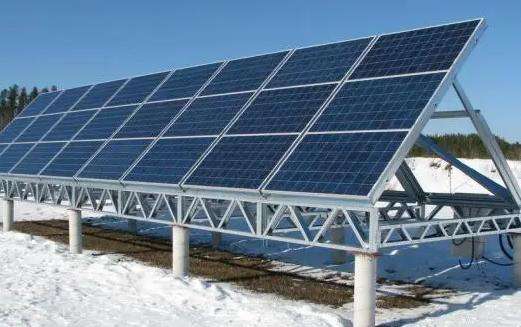Answer:
It must be broken and must be stopped for processing, otherwise the temperature measuring equipment may have failed.
When the steam turbine is in no-load phase, the exhaust steam is overheated due to low steam flow, throttling of the steam valve and of the blowing friction of the medium and low pressure rotor state, but at this time the exhaust pressure is not high, the heat load per unit area of the condenser is not large, the vacuum can still be adjusted and the condenser copper tube expansion port will do so. not be damaged by too much thermal shock, so the exhaust temperature can be higher. Generally, the exhaust steam temperature should not exceed 120℃ during speed increase and no load.
Because during normal operation, if the exhaust steam temperatureent is too high and exceeds 65 degrees, the vacuum will certainly be low 1. The available enthalpy drop of the unit will decrease, the power of the unit will decrease. decrease and the economy will be poor; 2. It will change the centerline of the unit and easily increase the vibration of the unit; 3. The axial displacement is too large, which will cause overload and wear of the thrust bearing; the blades will be overloaded due to the increased steam flow; 4. Condensation The reason why the expansion of the copper tube of the device is loose is that if the temperature of the exhaust steam is too high and the volume of circulating water remains unchanged, the copper tube will be cooled, but the connecting bars of the low pressure cylinder and the condenser will not be cooled, so the steel tube will shrink, so the copper tube will shrink. Pipe expansion is loose 5. If vacuum is low. the protection does not work, thelow pressure cylinder safety door will operate. For the above reasons, it is stipulated that the exhaust steam temperature should not exceed 65 degrees during normal operation.
The rated cold hydrogen temperature of the generator is 46℃, and the minimum temperature is 40℃. When secondary circulating water is used or the local hydrogen cooler is out of service, the maximum allowed temperature of cold hydrogen is 48°C and the high temperature alarm temperature of cold hydrogen is of 50°C. During operation, the air outlet temperatures of each hydrogen cooler must be balanced and the air outlet temperature difference between them must in no case exceed 2°C.














